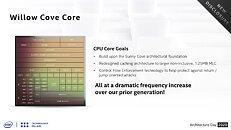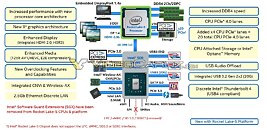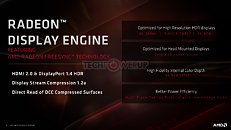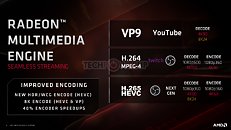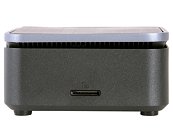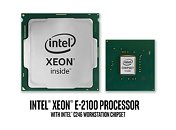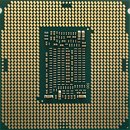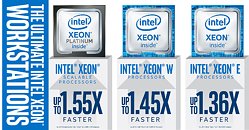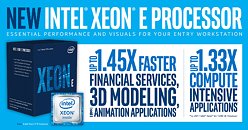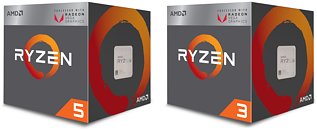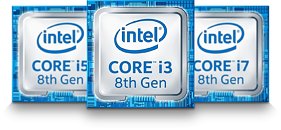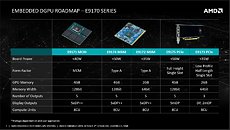
QNAP Join Forces with CAYIN to Release MediaSign Player, Adding HEIF/HEVC Support to NAS Servers
QNAP Systems, Inc., a leading computing, networking and storage solution innovator, today announced that QNAP NAS now supports CAYIN MediaSign Player. Developed by QNAP's strategic partner CAYIN Technology, MediaSign Player increases the multimedia capabilities of QNAP NAS, and can be downloaded from the QTS App Center. Licenses for MediaSign Player can be purchased from the QNAP Software Store to add support for HEIF/ HEVC file formats and video transcoding.
HEIF/ HEVC formats are the current mainstream image and video formats on mobile devices and feature better compression than standard JPEG and H.264 formats. QNAP users can upload their mobile photos/videos in HEIF/ HEVC formats to their NAS and directly view them, or transcode HEVC files to MP4 (H.264) to directly play them using CAYIN MediaSign Player's Plus license plan. QNAP NAS also provides a range of other multimedia apps (including Video Station, File Station and QuMagie) to enjoy photos, music, and videos.
HEIF/ HEVC formats are the current mainstream image and video formats on mobile devices and feature better compression than standard JPEG and H.264 formats. QNAP users can upload their mobile photos/videos in HEIF/ HEVC formats to their NAS and directly view them, or transcode HEVC files to MP4 (H.264) to directly play them using CAYIN MediaSign Player's Plus license plan. QNAP NAS also provides a range of other multimedia apps (including Video Station, File Station and QuMagie) to enjoy photos, music, and videos.



